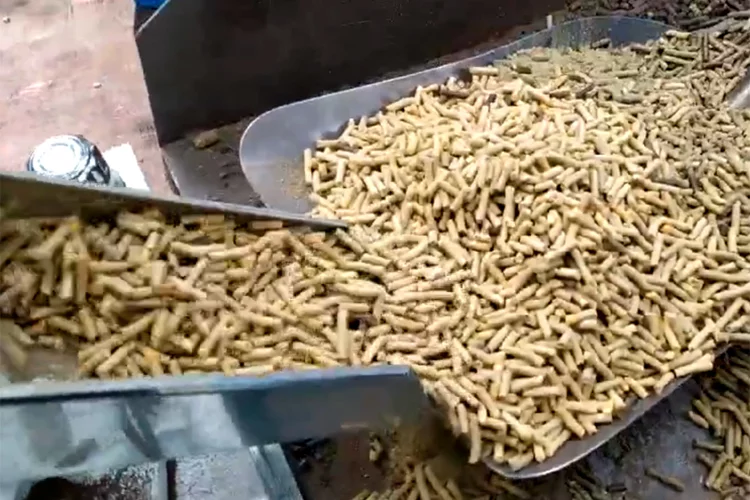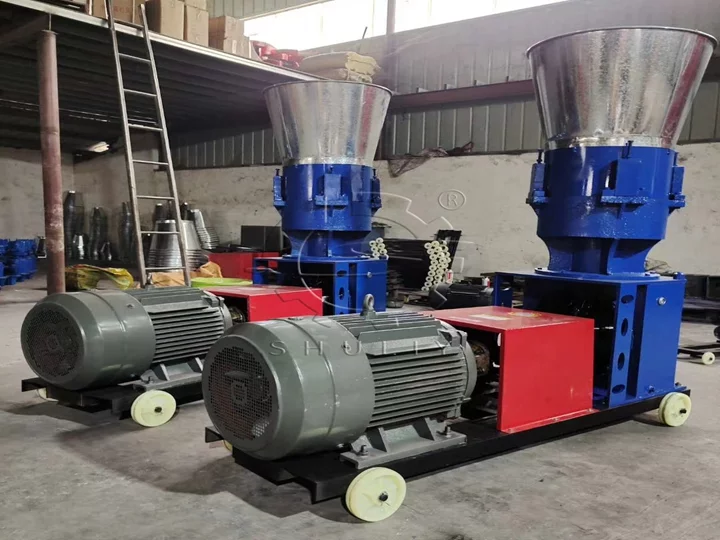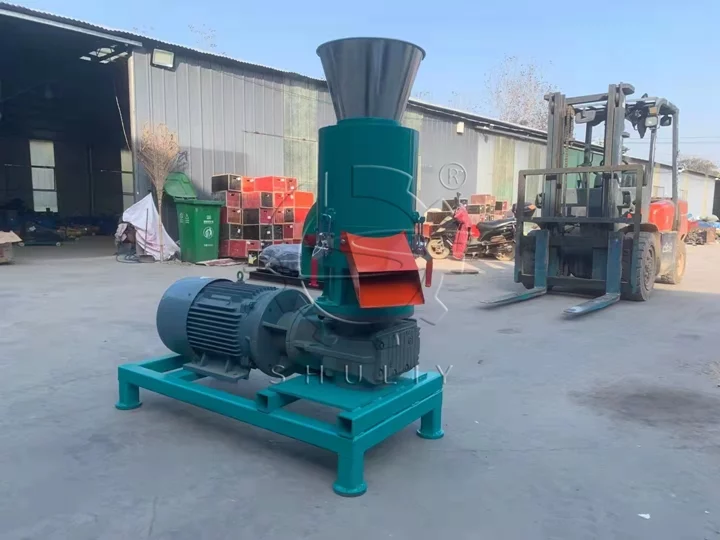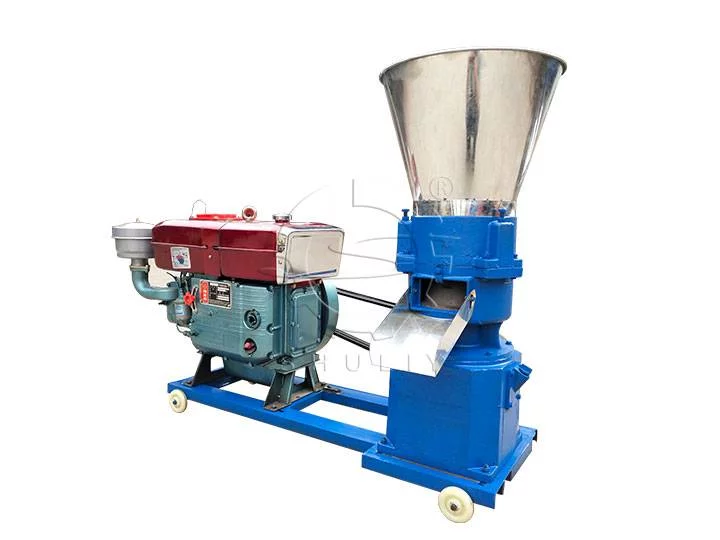How to Make Animal Feed Pellets?
Producing high-quality animal feed pellets is crucial for ensuring the health and productivity of livestock. A feed pellet mill machine simplifies the process of making animal feed pellets, allowing farmers and feed manufacturers to create consistent and nutritious feed pellets tailored to the specific needs of their animals.

Step 1: Prepare the Ingredients
Before operating the feed pellet mill machine, it’s essential to gather the necessary ingredients for your animal feed formulation. These ingredients can include grains like corn, wheat, and barley, protein sources such as soybean meal, vitamins, minerals, and any additives required to meet the nutritional needs of the animals.
Step 2: Set Up the Machine to Make Feed Pellets
- Feeding Hopper: Load the pre-mixed feed ingredients into the animal feed pellet machine‘s feeding hopper. This is where the ingredients will enter the pelletization process.
- Die Selection: Choose a die with the appropriate hole size for the desired pellet size. Different animal species and age groups might require different pellet sizes for optimal consumption.

Step 3: Pelletization Process
- Feeding and Compression: The feed pellet mill machine’s motor-driven rollers pull the feed ingredients from the hopper into the pelletization chamber. Inside the chamber, the combination of pressure and heat generated by the rollers softens the material.
- Pellet Formation: As the softened feed material is forced through the die, it forms uniform pellets of the chosen size. The die’s holes shape the pellets while the pressure ensures their compactness.
- Cutting and Collection: The newly formed pellets are cut to the desired length by a cutter inside the machine to make feed pellets. The cut pellets fall onto a conveyor belt or into a collection bin.
Step 4: Cooling and Packaging
- Cooling: Depending on the machine, the pellets might be warm after the pelletization process. Proper cooling is essential to harden the pellets and reduce their moisture content. Some machines have built-in cooling mechanisms, while others might require a separate pellet cooler.
- Screening: After cooling, the pellets can be screened to remove fines and ensure uniform pellet size.
- Packaging: Once properly cooled and screened, the pellets are ready for packaging. Bag the pellets in appropriate quantities for distribution and storage.
Benefits of Using a Feed Pellet Mill Machine
- Consistency: The pellet making machine ensures uniform pellet size and composition, which is crucial for providing consistent nutrition to the animals.
- Nutrient Retention: The pelletization process can enhance nutrient retention in the feed, leading to better animal health and growth.
- Reduced Waste: Pellets are less likely to be sorted or wasted by animals, resulting in higher feed efficiency.
- Customization: Farmers and feed manufacturers can easily adjust the formulation to meet the specific nutritional needs of different animal species and production stages.

A feed pellet mill machine streamlines the process of creating high-quality animal feed pellets. By following the steps outlined above, farmers and feed manufacturers can produce nutritious and uniform feed pellets that contribute to the overall health and productivity of livestock. Investing in a reliable pellet making machine is a wise choice for those looking to optimize their animal feed production process.


